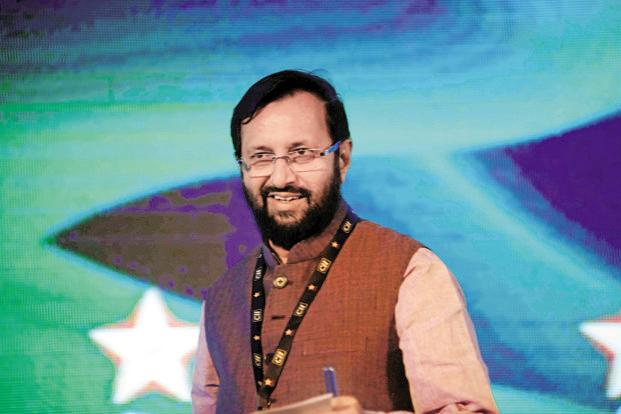
New Delhi: The government’s so-called world-class institutions plan may change the face of the country’s two most premier institutions—the Indian Institutes of Technology (IITs) and Indian Institutes of Management (IIMs)—by making them move beyond their respective areas of specialization (technology and management), and admit more students.
The world-class institutions will be deemed universities instead of institutions of national importance, which is the present status of IITs and IIMs. The plan to set them up was first mentioned in this year’s budget by finance minister Arun Jaitley.
The plan is still a work-in- progress and will probably require legislative changes, especially when it comes to the authority that will designate world-class institutions. Earlier this month, the human resource development (HRD) ministry released a draft policy regarding this and sought comments.
Such an institution should “compulsorily satisfy the following criteria within a reasonable pre-determined time frame from the date of notification declaring it as a World Class Institution: It should preferably be multidisciplinary and have both teaching and research focus of an exceptionally high quality…,” the draft guidelines stated.
Last month, HRD minister Prakash Javadekar had asked the IITs and IIMs in separate meetings to prepare and bid for the world-class institution tag. (bit.ly/2eemNJ5)
A professor at one of the older IIMs, who asked not to be named, said that IIMs so far are management schools and can no way be called “multidisciplinary”.
“When the first criteria talks about this character, it indicates that they perhaps wish the IIMs bidding (to be world class institutions) to diversify,” the professor said.
Only some of the IIMs are likely to apply, he added, and they need to address the question on multidisciplinary education.
A professor at an IIT, who too asked not to be identified, agreed and said institutions wishing to get the world-class institution tag may have to change.
This person added that during United Progressive Alliance’s second term (2009-14), there was a discussion on IITs turning multidisciplinary like a full-fledged university. “But it did not materialize. Then the context was improving global ranking.”
The guidelines also say that world-class institutions need to have at least “20,000 students over next 15 years”. That works out to around 1,334 students a year. Many of the IIMs have far less.
“It means IIMs may have to transform from class institutions to mass institutions without compromising quality. It’s a tough task,” the IIM professor quoted above added.
Still, there’s significant incentive for the IITs and IIMs to change. The prime minister’s office has asked the HRD ministry to give complete autonomy to world-class institutions, according to media reports. This includes how they are run, their selection process, even their compensation policy. The IIMs and IITs have had several run-ins with various governments over the way they are run.
The draft guidelines also suggest that the government wants to internationalize the campuses of world-class institutions, with one in four instructors and almost one in three students from overseas.
The lack of internationalization is palpable in India’s top institutions and is considered one of the reasons why they lag in the global rankings. For instance, IIT Delhi has only four international teachers in its 466-member-strong faculty and there were no international students in its under-graduate programmes, as per the QS World university rankings data for 2016-17.
IIT-Delhi, at 185, is the second Indian institution after Indian Institute of Science Bangalore to be in the top 200 universities list this year. At Massachusetts Institute of Technology, the top university as per the QS rankings this year, there are 1,679 international faculty members out of a total of 2,982. And 30% of all MIT students are from foreign countries.
Independently, some of the IITs have started looking for foreign faculty or reputed academics of Indian origin. S.K. Das, director of IIT Ropar, says that he has visited the US and Canada and offered teaching positions to some teachers from those countries.
“For some of our top institutions to become world-class in a real sense, they need to change their character. So far, they haven’t done so, and now, there is a sweet reason to change—you will get more academic and administrative freedom as well as more funds if you are successful in your bid to get the world-class institution tag,” said a government official, who spoke on condition of anonymity.
[Source:-Livemint]








